

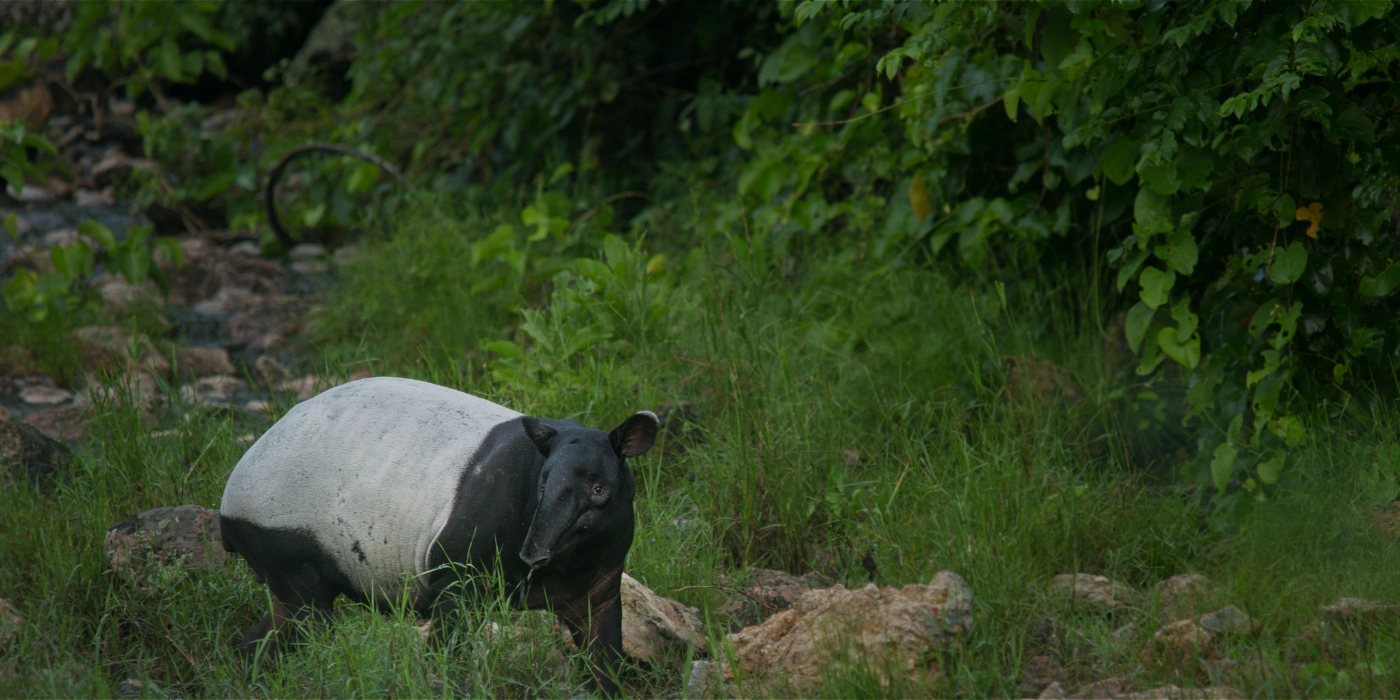
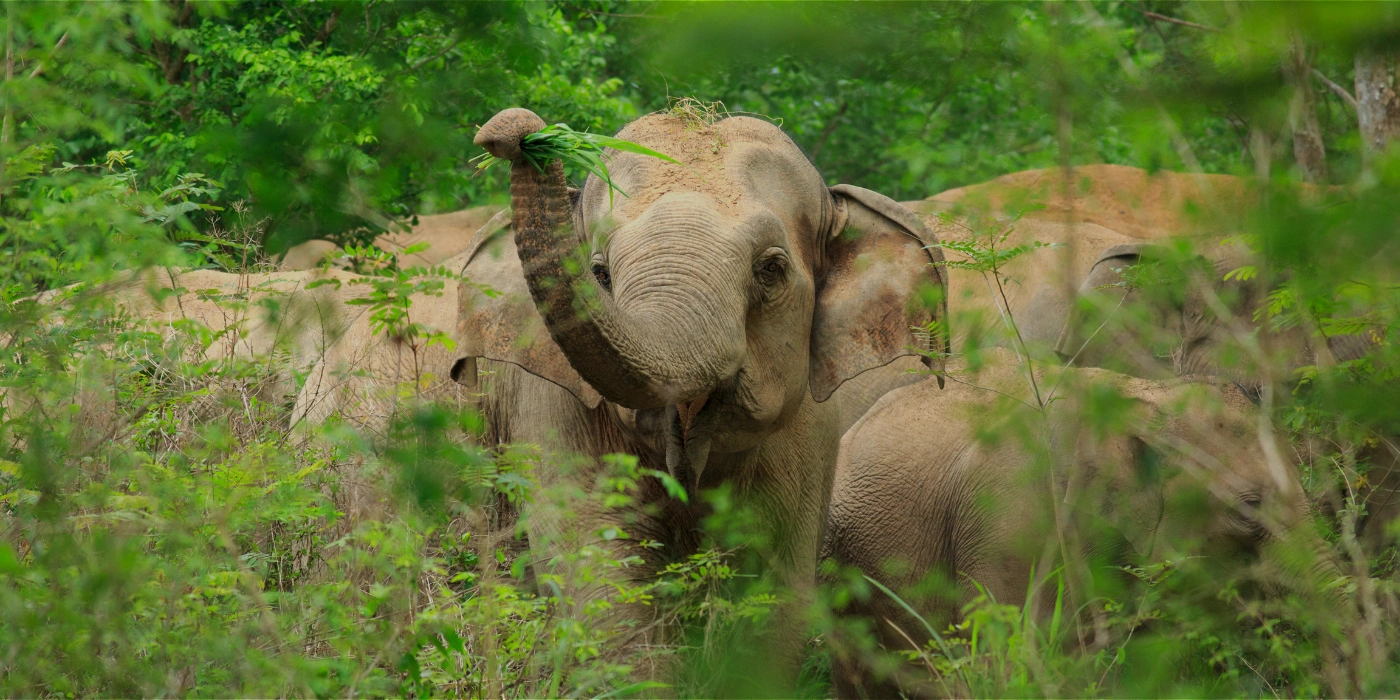
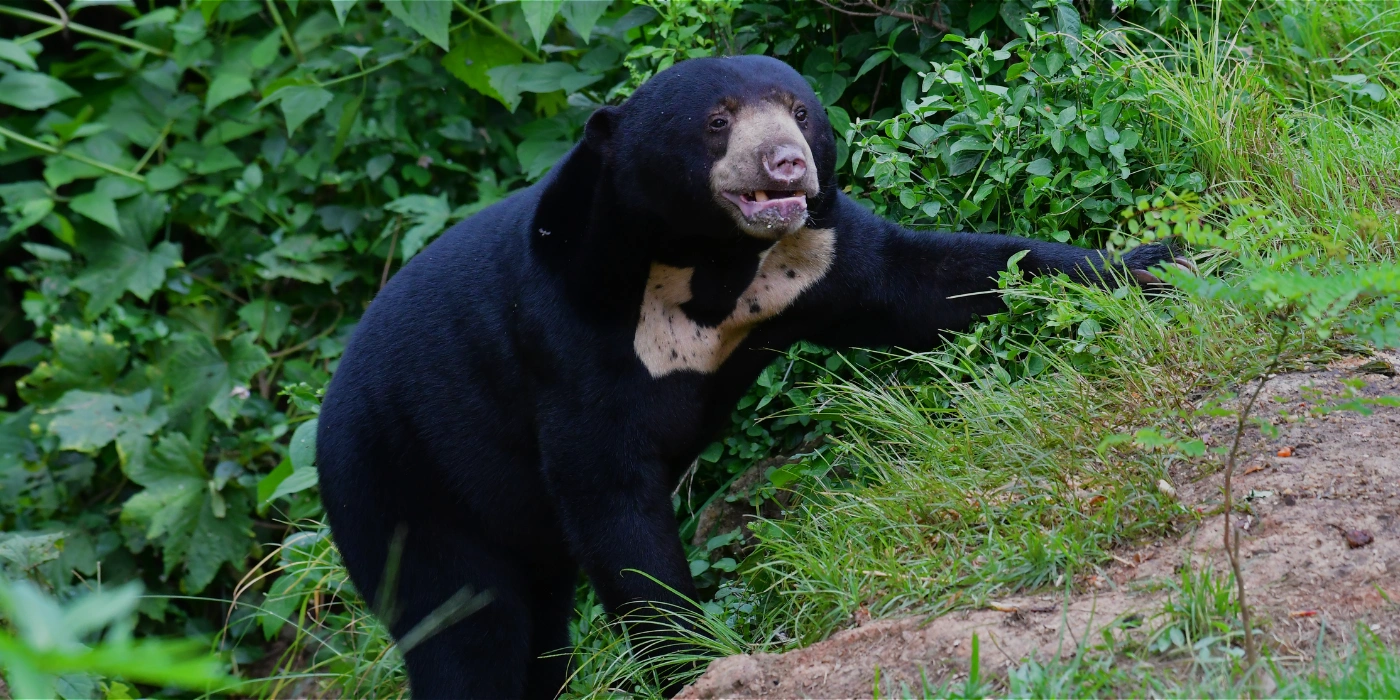
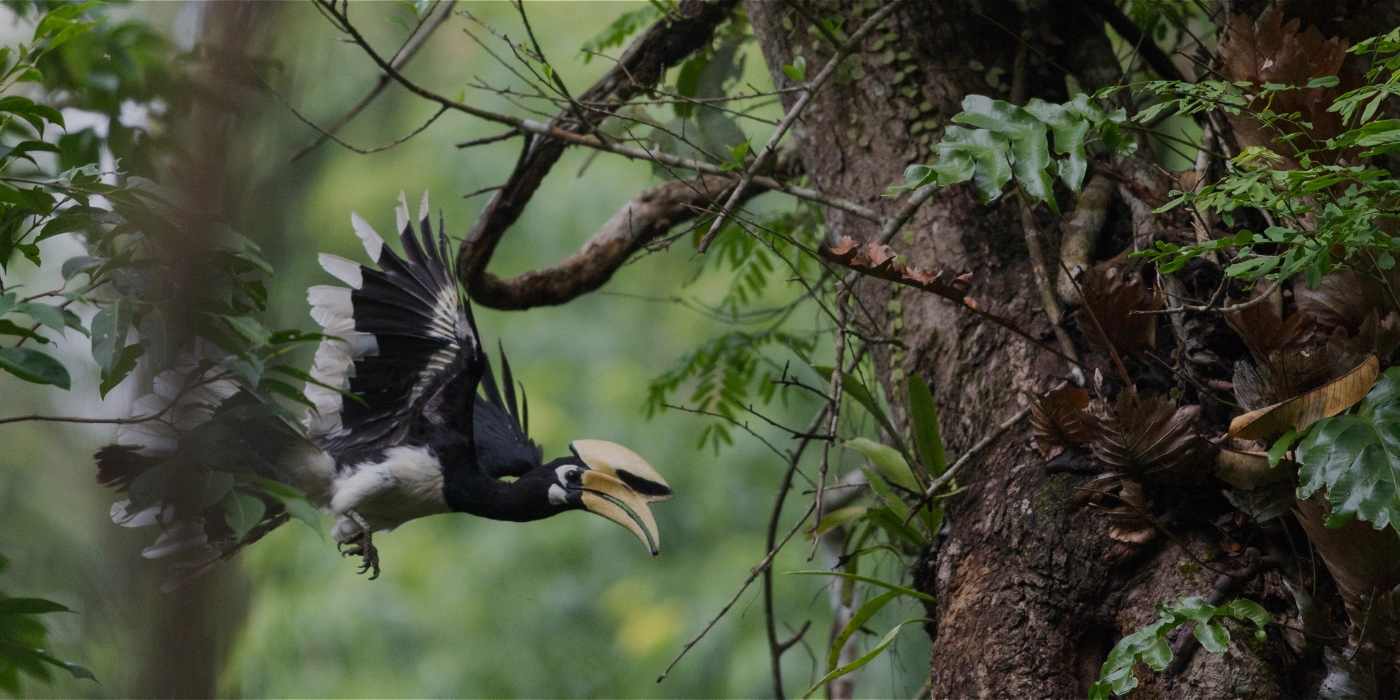

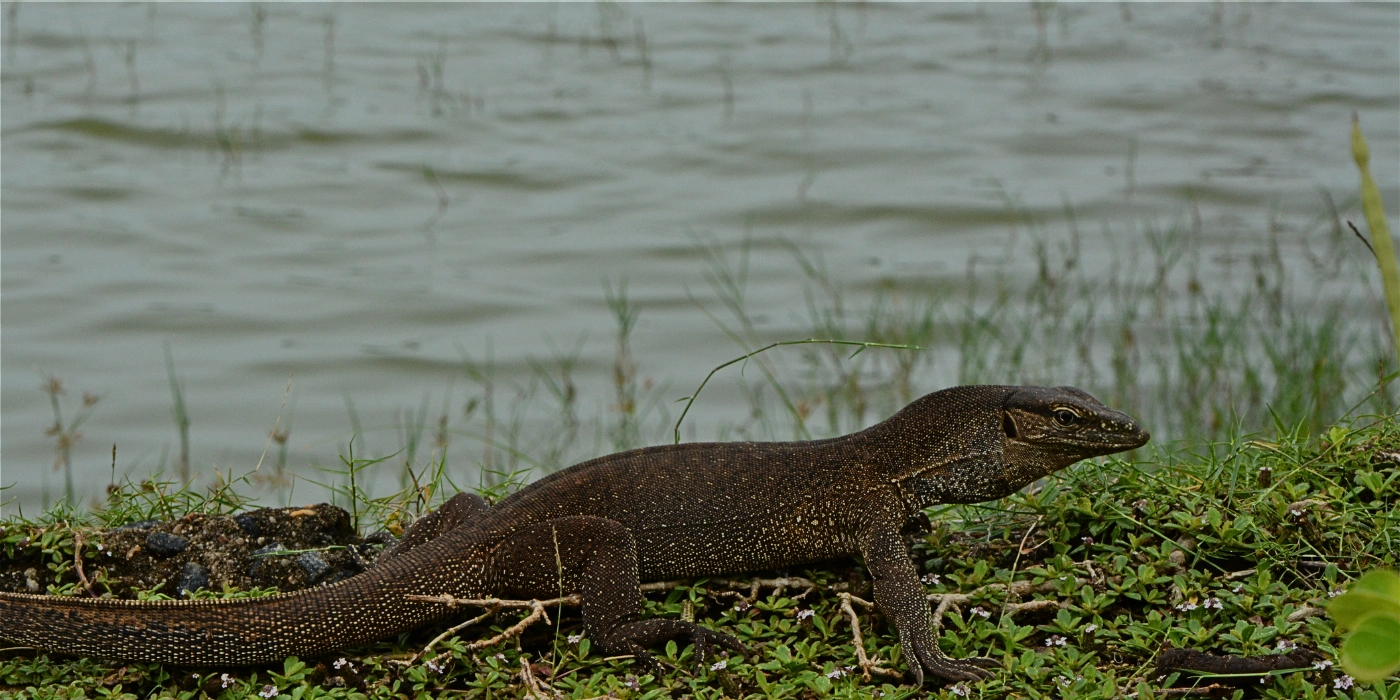
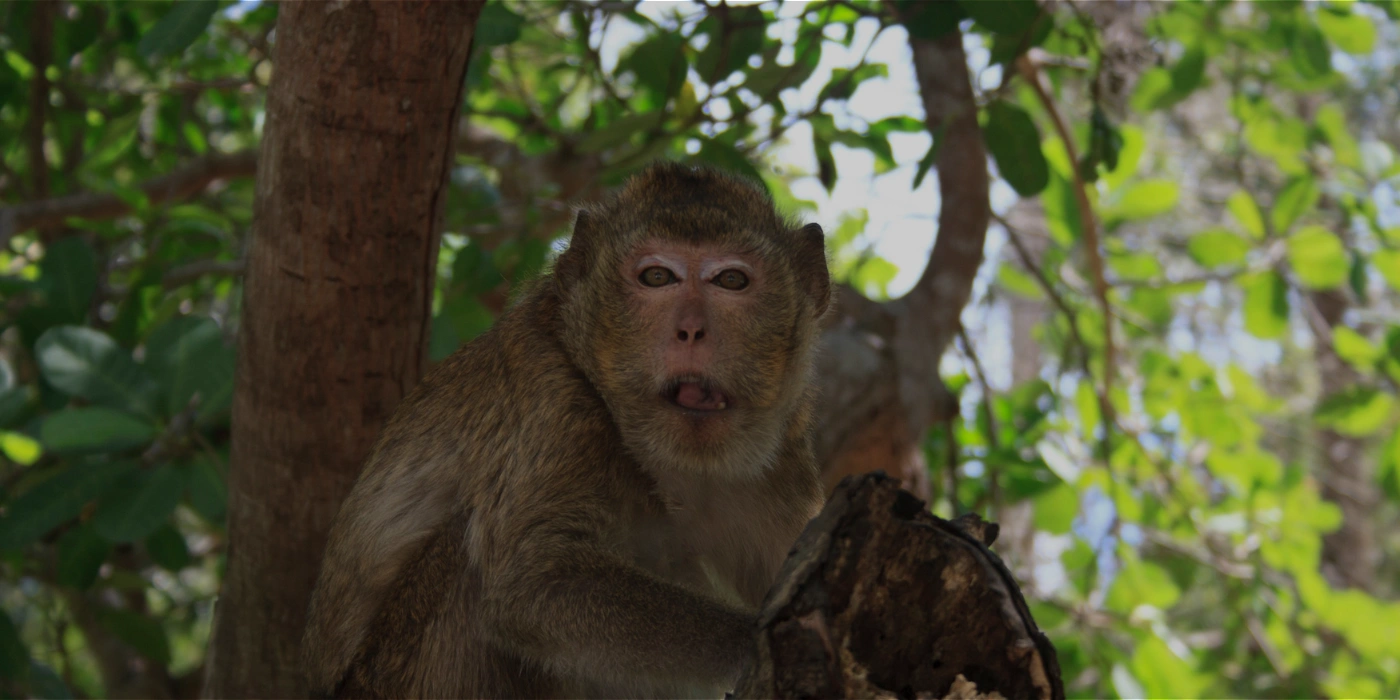

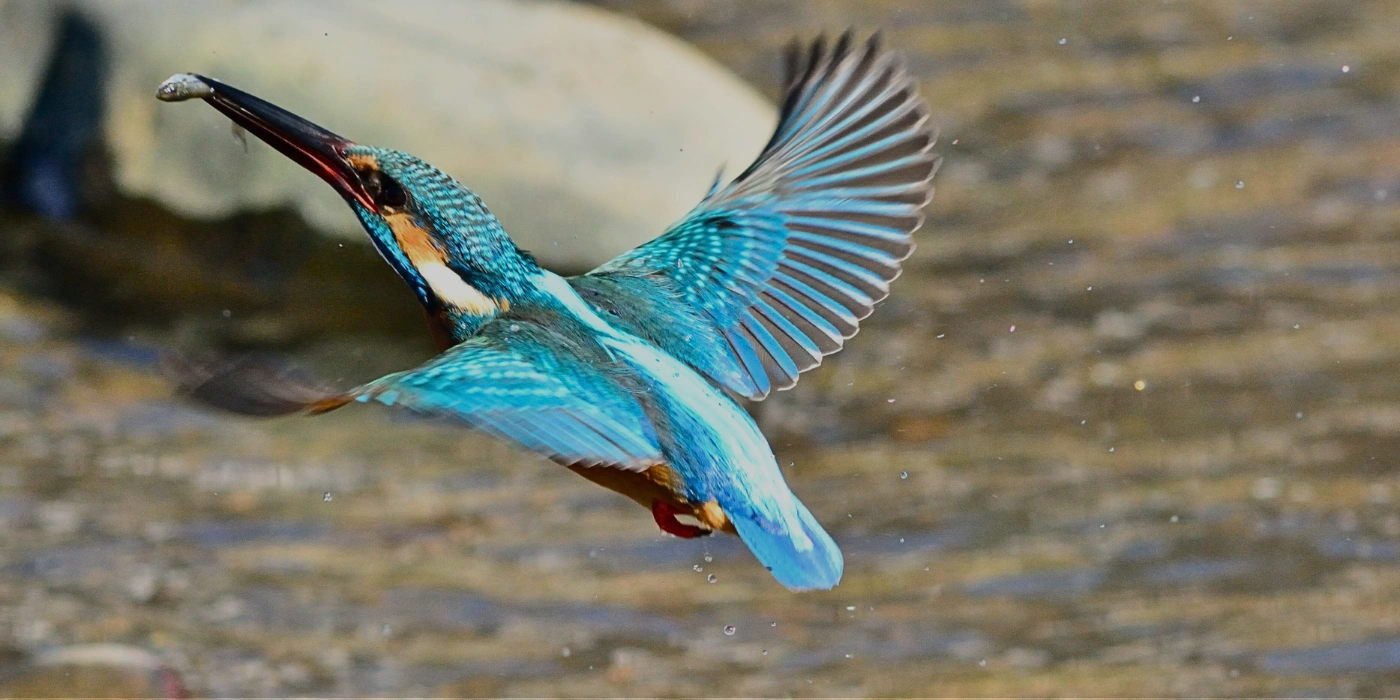
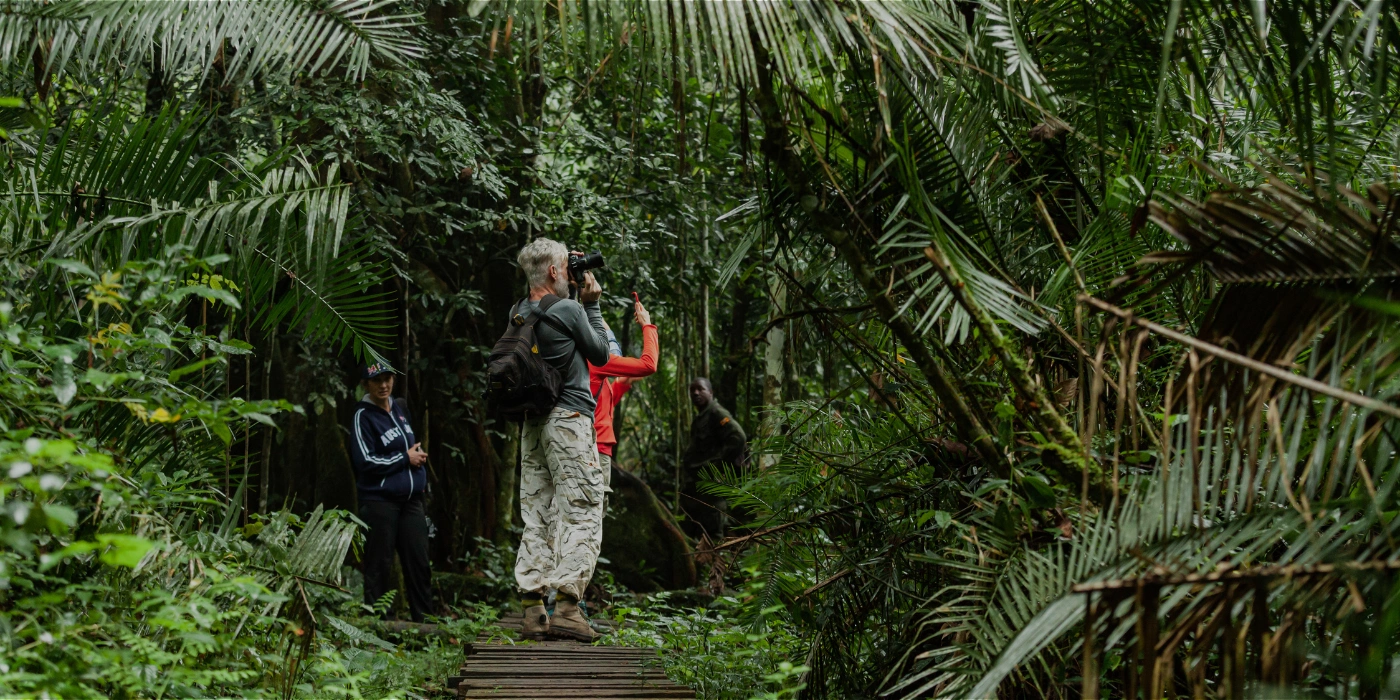
Taman Negara wildlife includes a wide range of species such as Malayan Tapirs, Hornbills, Sun Bears, Sambar Deer, Long-Tailed Macaques, Gibbons, Kingfishers, and even the elusive Malayan Tiger and Asian Elephant. The rainforest is home to over 150 mammals and hundreds of bird, reptile, and insect species.
The best time to spot wildlife in Taman Negara is during the dry season, from March to September, especially during early mornings and dusk. These periods offer better visibility, fewer leeches, and increased animal activity near rivers and trails.
Popular wildlife viewing areas include Bukit Teresek, the Canopy Walkway, Lubok Simpon, Lata Berkoh trail, and Bumbun Kumbang hide. These spots offer diverse habitats and are known for sightings of birds, mammals, and reptiles along the trail routes.
While some animals can be spotted independently, hiring a local guide greatly increases your chances of meaningful wildlife sightings. Guides can identify tracks, explain behaviors, and lead you safely to prime viewing areas deep within the jungle.
Most wildlife in Taman Negara is shy and avoids humans. However, it's important to keep your distance, avoid feeding animals, and follow park regulations. With proper behavior and awareness, observing Taman Negara wildlife is safe and rewarding.


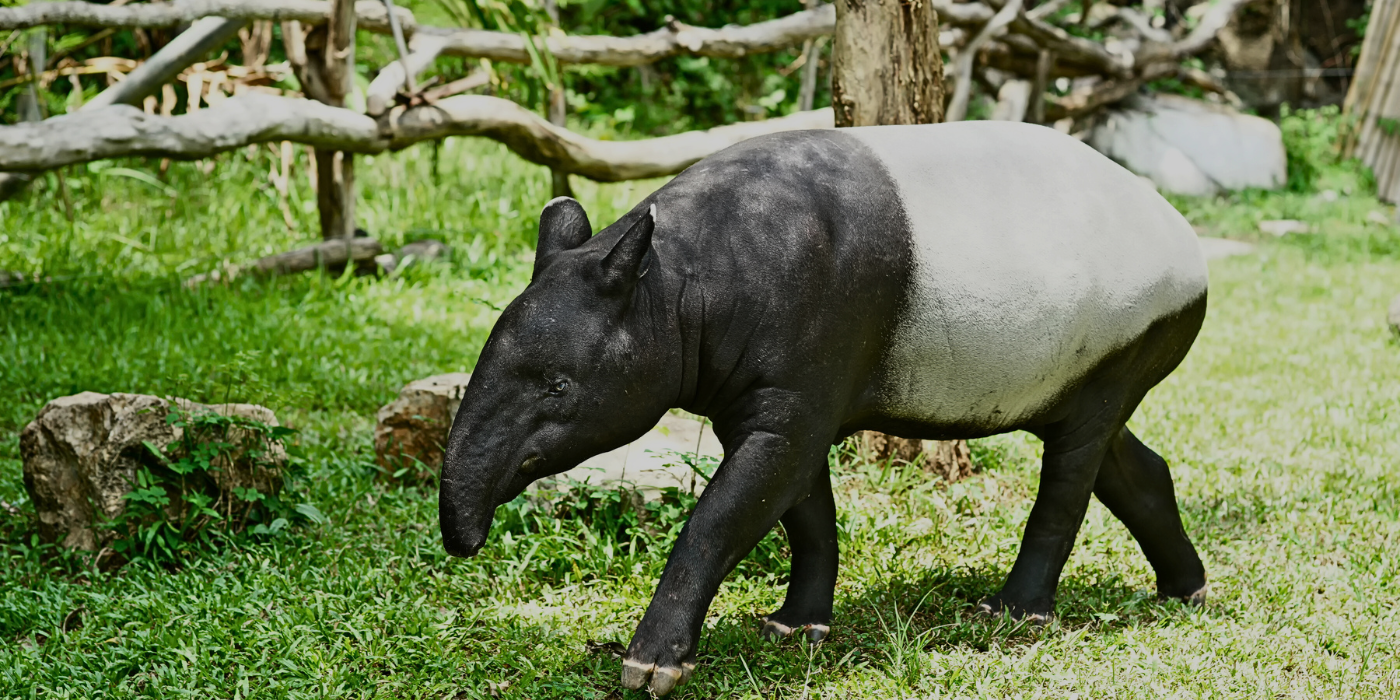
Quick Navigation
Toggle

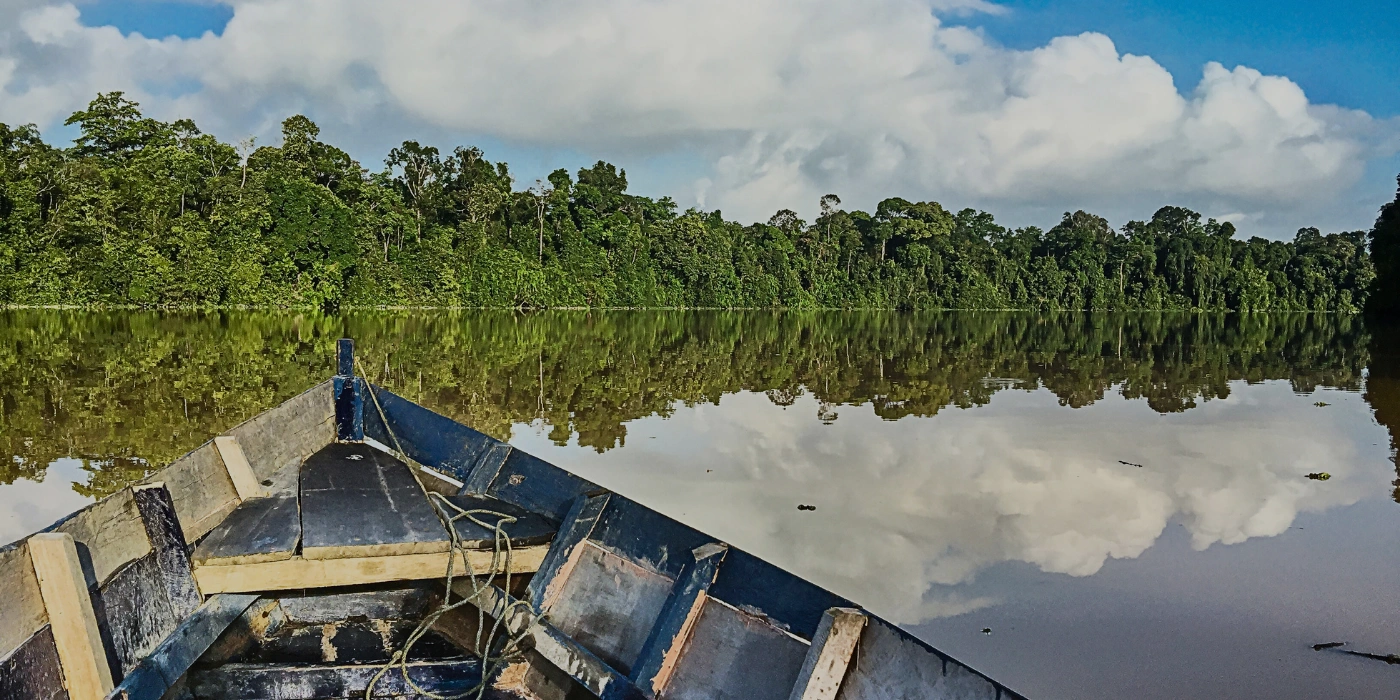
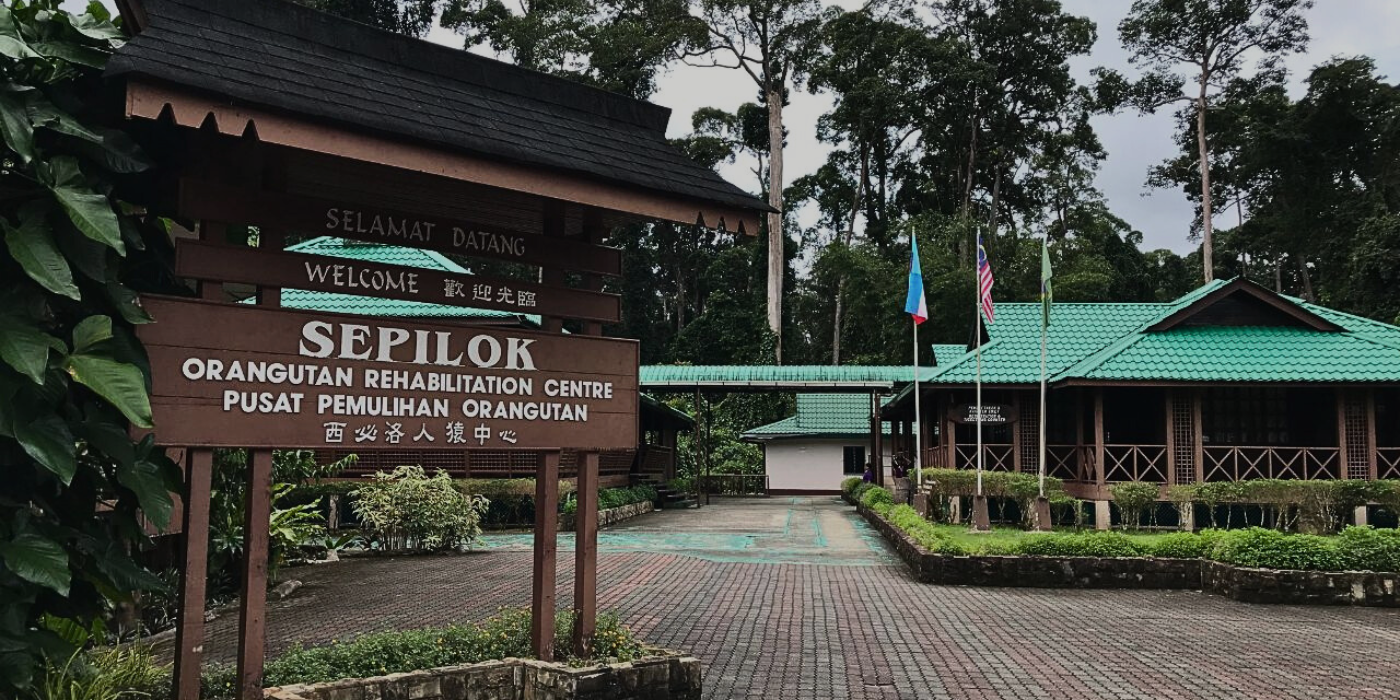


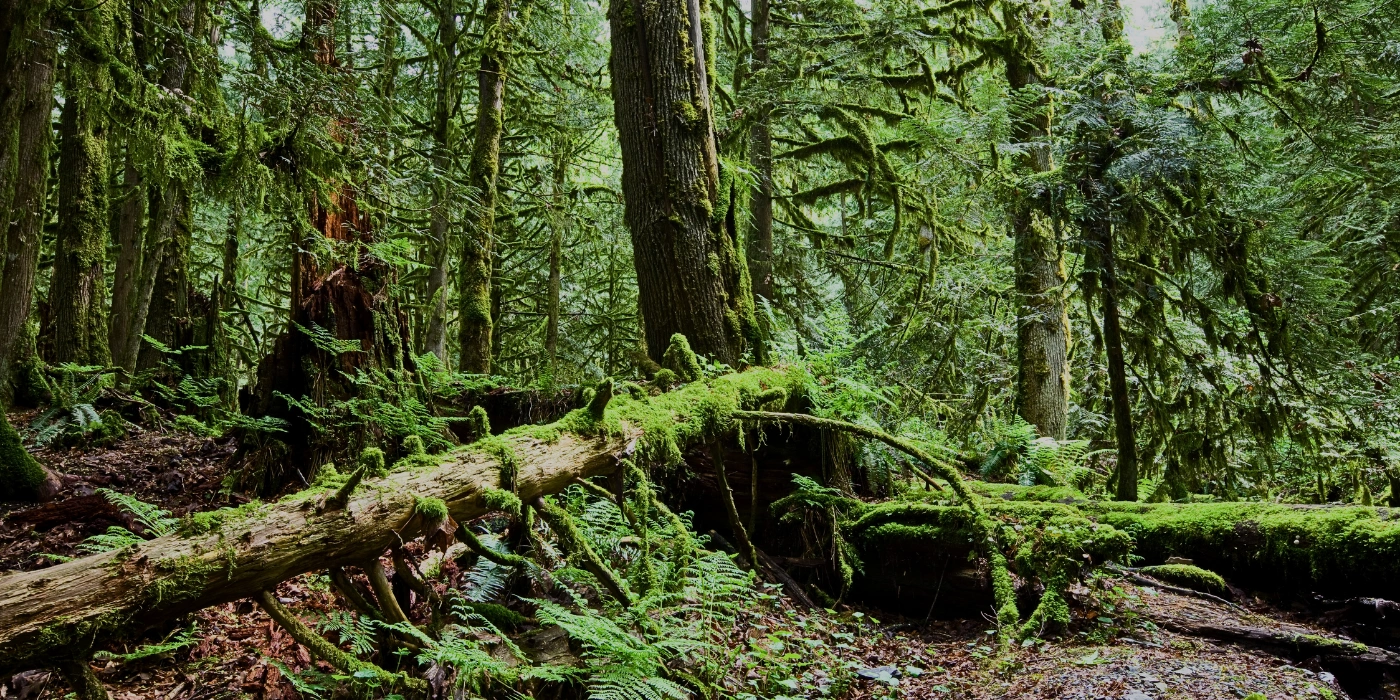
Explore Nature. Embrace Conservation. Experience Malaysia
Top Destination
Follow Us
Payment channels

To improve your experience, we use cookies to store and access device data. You can accept all cookies, customize your choices, or decline non-essential ones. Learn how we use cookies in our Cookie Policy
4 thoughts on “Top 10 Best Taman Negara Wildlife: What You Can Spot”